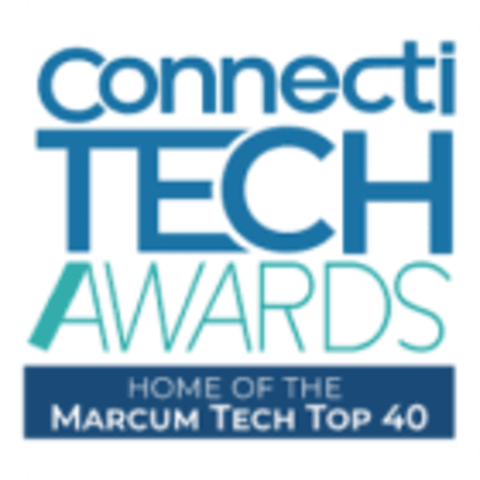The Future of Healthcare Delivery
Rwanda is one of the smallest countries in Africa. Lofty mountains and deep valleys dominate this stunning landlocked nation, which also has one of the highest population densities on the continent. Owing to its colonial past, challenging geography, and the country’s bloody history of civil war and genocide that followed, the quality of healthcare in Rwanda has mostly suffered. However, in the past decade and a half, the country has prioritized its health system and been able to improve several health providers.
 5 minute
5 minute

Drone aid is one of the multiple ways mobility solutions are revolutionizing the healthcare sector.
In 2016, the Rwandan government did something remarkable in this direction. It partnered with Zipline, a US-based robotics and drone company to deliver blood and medical supplies to its hospitals. Battling tough terrains and perilous weather conditions, these drones serve 21 hospitals spread from tiny villages to remote cities. The airplanes cover a 75 km service radius, race at 100 kilometers an hour, and deliver the items in about 20 minutes. To put the enormity of this feat in perspective, understand this: it would have taken a truck four hours on the road to do the same. Be it a natural calamity or a critical medical emergency, saving time and offering instant relief is paramount. It won’t be long before drones are the quickest responder during medical emergencies providing first-aid solutions and delivering medicines, vaccines, blood, or organs.
Drone aid is one of the multiple ways mobility solutions are revolutionizing the healthcare sector. According to Accenture’s survey on patient engagement in 2016, the number of consumers accessing mobile apps or using wearable tech (like Fitbit, Nike Fuel, and Misfit Shine) to monitor their health has doubled in the last two years. And rightly so. Here is a portable mobile device tracking your diet and sleep cycle, reading your blood pressure, checking temperature, and pulse rate, and reminding you of your prescription – all without having to meet a doctor. Along with some automated intelligence, consumers may also share patient data with physicians, caregivers, and healthcare providers in real-time. The accumulated health data helps not only track the patient’s well-being but can also predict health and lifestyle trends for an entire community of people.
Remote Patient Monitoring (RPM) is another area where enterprise mobility shows great promise.
The system allows healthcare providers to collect patient history and medical data, and share it with doctors and medical professionals. The technology is designed to cut down hospital visits and readmissions, therefore reducing operational expenses for both parties. The RPM technology functions on various heads based on the disease and factors that need monitoring.
In order to control heart disease and diabetes, there are monitoring devices to track and transmit real-time health readings of vitals such as blood pressure and glucose level to a medical team that would issue alerts when treatment is needed. In the case of elderly patients suffering from dementia, a GPS or radio frequency-enabled sensor is attached to their walkers or canes so that caregivers and medical staff can locate them quickly in case they go missing or encounter a medical emergency. The system is designed particularly for the benefit of the elderly, pregnant women, and at-risk patients.
Extending quality healthcare services to rural and far-flung areas is a major challenge for both medical and health IT professionals. The constraints of logistics and affordability leave small hospitals and rural health centers struggling for essential medical equipment. To address this, healthcare innovators are designing miniature mobile equipment that would ascertain accurate results in a cost-effective manner.
For example, Peek Vision, a social enterprise focused on public eye healthcare & research, is fighting vision impairment in Kenya with its Peek Acuity app. Operating on a smartphone, the sight test shows the letter ‘E’ on the screen. With each vision level, the letter changes in orientation and size. The patient points in the direction of the letter and the tester register their response by swiping on the phone screen in the same direction the patient pointed. If the patient can’t see the letter clearly, the phone is shaken to record that the particular section was not visible to the test taker. At the end of the test, the app computes the patient’s vision score. The screening operation doesn’t require trained eye care professionals and can easily be tested by ordinary people like health workers, community volunteers, and teachers. At the Peek school screening in Trans Nzoia County, 21,000 children were screened by 25 teachers in only nine days, of which 900 children were identified with poor eyesight and recommended for further treatment. Presently, Peek is running campaigns in Kenya, Botswana, Tanzania, and India.
Telemedicine is increasingly gaining popularity in the industry.
Similarly, there is Clarius Mobile Health’s handheld ultrasound unit that operates with any iOS or Android smart device using an app. Designed with the ease of using a smartphone camera, the instrument is waterproof, easy to clean and disinfect, and manages ultrasound images privately on the secure Clarius Cloud.
Furthermore, broadband connections and mobile healthcare services are aiding doctors and health practitioners in engaging with the rural population over video conferences, instant messaging services, and online health forums. Geographic constraints are no more a deterrent as telemedicine is increasingly gaining popularity within the medical community. By 2018, 65% of all interactions with healthcare facilities are predicted to happen over mobile devices.
In summary, mobility solutions are empowering consumers with preventative healthcare tools and providing improving their stake in the medical system. They have the greatest potential in rural areas. And at the same time, they are streamlining administrative tasks and increasing operational efficiency and compliance for hospitals and healthcare providers.










